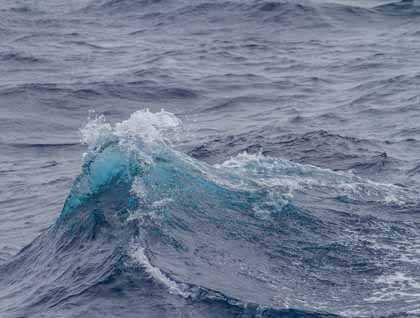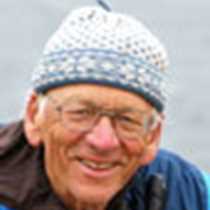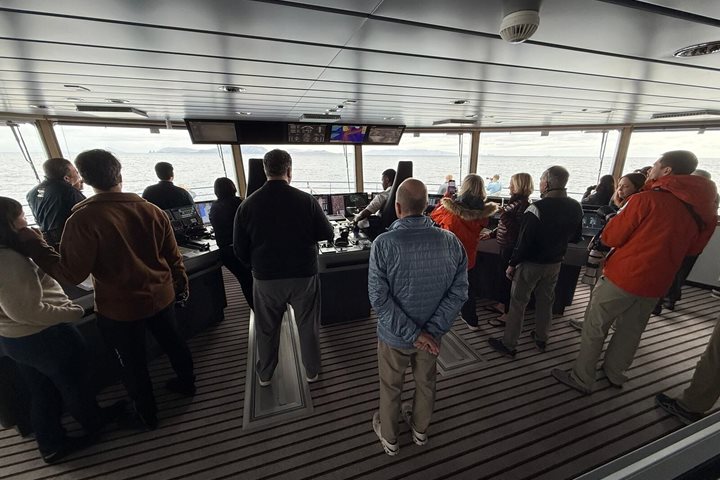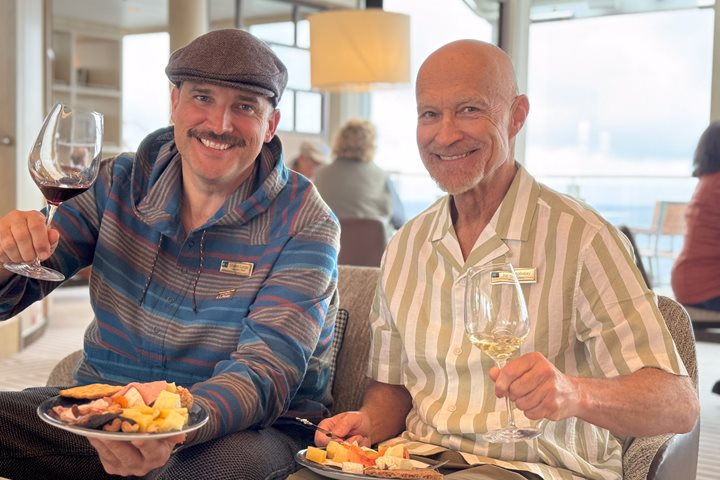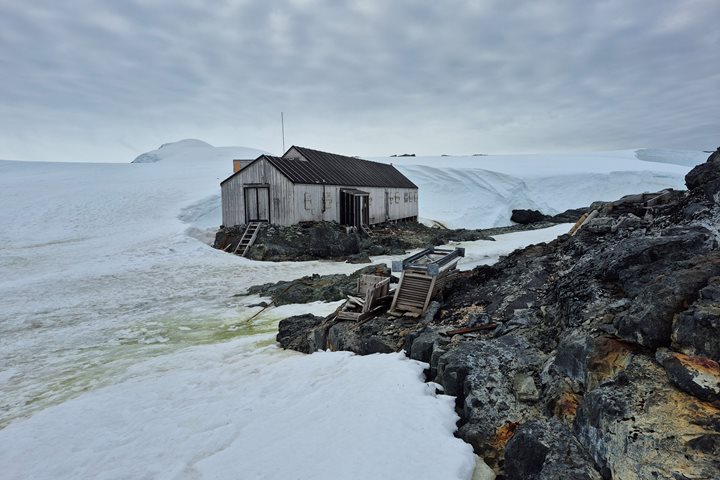We gathered from all corners of the world to the farthest southern town in the world, Ushuaia, and then onto National Geographic Explorer. Excitement was high as we pulled away from the dock and into the Beagle Channel. We heard how unusual the day’s weather was—calm, warm, and only wisps of clouds. Normally the Beagle Channel at Ushuaia is rather nasty with wind, rain, and low clouds. What would the next few hours bring as we entered the infamous Drake Passage? Because of long travels many were sound asleep as the ship turned to the south and set a course directly across this 600-mile-long body of Southern Ocean separating the tip of South America with the Antarctic Continent.
This morning people began emerging early due to various time zones where they had originated. But what they could see outside was a relatively benign sea only moving with a light surface wind but a long amplitude rather big swell from the west. Some place in the Southern Ocean to the west these big swells were being generated by strong winds. Fortunately we were ahead of the winds and moving briskly southward before the swirling source would arrive in a couple of days. Our Drake Passage south promises to be on the low end of the scale of nastiness for the Drake.
During the day various seabirds swooped low over the swells. Some watched the “big birds,” wandering and royal albatross soaring with the swells and almost moving directly into the wind, a feat they have perfected over evolutionary time in order to search for food over hundreds of square miles of sea. Our list of birds tallied on a board at the bridge grew as the day continued. After being introduced the team of naturalists and speakers we learned about these ocean-wandering birds from naturalist Mike Greenfelder.
The afternoon brought a bit more wind and continued swells rolling under the ship. Stabilizers operating at full capacity minimized any movement and we continued to make fantastic speed southward. In anticipation of our tomorrow morning arrival in sight of land and hopefully a first excursion ashore, we had afternoon briefings about visiting Antarctica and Zodiac excursions. Then the staff were stationed in the mudroom to clean any outerwear we brought that was previously used. This procedure was to ensure that no foreign organisms would be inadvertently brought into the Antarctic environment. Our last activity of this day was presentation by Peter Hillary on his adventures traveling to both poles and Mt. Everest. Our first evening Recap highlighted some of the topics observed during the day. We learned about wave creation, photo organizing, bird wingspans, and the Antarctic Convergence. Having reached colder water temperatures, we were biologically in Antarctica but not quite politically which occurs at 60S latitude. The day closed with a fine meal from the galley and then off to rest in preparation for the excitement planned for tomorrow as we get our first looks at Antarctica.

